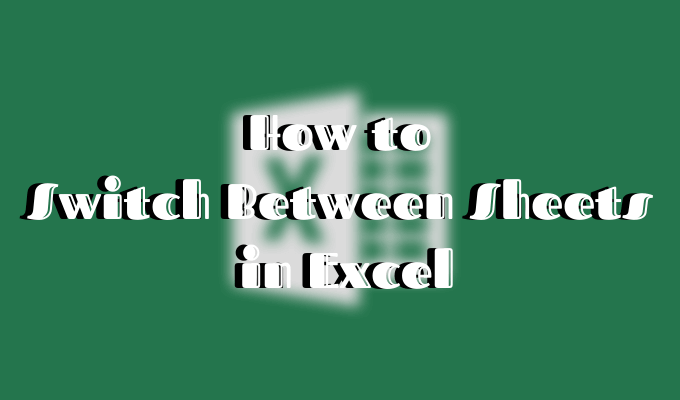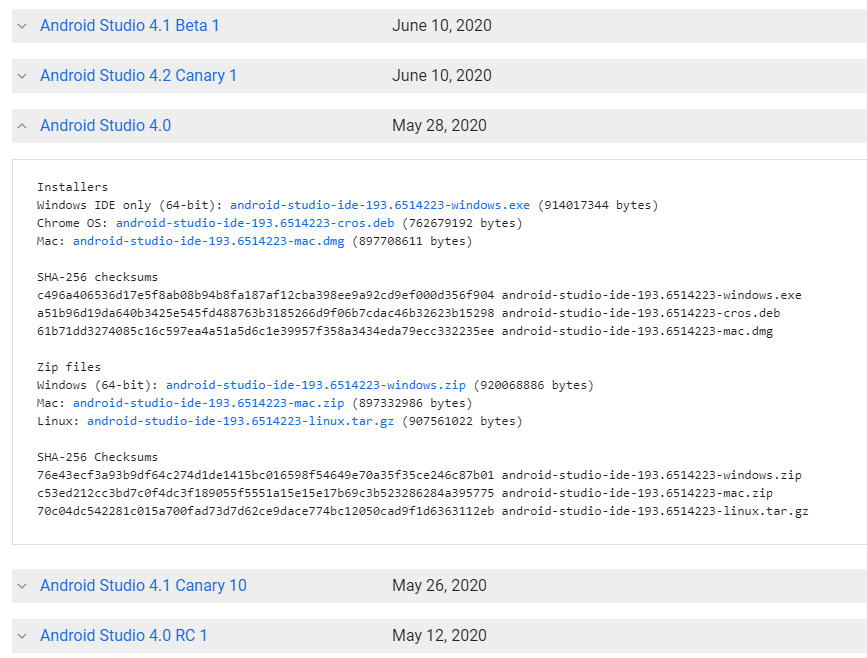
- #Switch the order of sheets in excel for mac 365 how to#
- #Switch the order of sheets in excel for mac 365 code#
#Switch the order of sheets in excel for mac 365 code#
The below code will ask you if you want to copy the content of the about-to-delete sheet. The syntax is simple: Private Sub Worksheet_BeforeDelete() This event triggers when you confirm the deletion of the VBA event containing sheet. The below example Worksheet_Deativate event will simply pop up a message that you have left the master sheet, when you will leave this sheet. The syntax is: Private Sub Worksheet_Deactivate() In other words, if you want to do something, like hiding rows or anything when you leave the sheet, use this VBA event. This event triggers when leaving the code containing sheet. Private Sub Worksheet_Activate()Īs soon as you will come on the sheet that contains this code, the event will run and will be shown a message that "You are on sheet name" (sheet2 is in my case). The skeletal code for this event is: Private Sub Worksheet_Activate()Ī simple example is showing the sheet name when it gets selected.

This event is triggered when the event code containing sheet activates. Simplest VBA Code to Highlight Current Row and Column Using 3. Odd row cells will be spared.Īnother Example of the Worksheet_SelectionChange event: Now, whenever my cursor will move on even row, it will be colored. Private Sub Worksheet_SelectionChange(ByVal Target As Range) The below code will change the active cells color if whenever it changes and if it is an even row. In other words, if your cursor is in Cell A1 and it moves to some other cell, the code in this subroutine will run. The Worksheet_SelectionChange(ByVal Target As Range)EventĪs the name suggests, this event triggers when the selection changes. Run Macro If Any Change Made on Sheet in Specified Range 2. If you want to target a range then use the below example: The code would look like this: Private Sub Worksheet_Change(ByVal Target As Range) In that case, we use the worksheet_change event. If you want to do something if any change made in the entire sheet then the code will be: Private Sub Worksheet_Change(ByVal Target As Range)Īnother example: You may want to put date and time in Cell B1 if A1 changes. This event triggers when we make any change to containing worksheets (formatting excluded). The Worksheet_Change (ByVal Target As Range) Event Let's learn briefly about each of the events. Of course, the error will be ambiguous subroutines. If you write two same event handling procedures on one sheet, it will result in an error and none of them will be executed. One type of worksheet event procedure can be written only once on one sheet.

Important: Each subroutine from that list will run on the specified event. In a module, they will work as a normal subroutine. You can't use them for other subroutines on a sheet. Choose whichever you need and a skeletal code for that event will be written for you.Įach event has a fixed procedure name. Now in the top-right corner dropdown, all events will show. Click on the drop-down and select worksheet. Now when you are in the editing mode, in the top-left corner dropdown menu you will see general.
#Switch the order of sheets in excel for mac 365 how to#
How to write code for a specific event on the worksheet?

Double click on it or right-click and click on view code. If you write a worksheet event in some module or class module, there will be no error but they will just won't work. The worksheet Events are written in sheets objects only. Where to write Worksheet Event Handler Code? What is a Worksheets Event Handler?Ī worksheet event handler is a subroutine that is local to a worksheet module. In this article, we will learn briefly about each Worksheet Event Handler.

The Event Handler helps us run VBA code whenever a certain event occurs. In all these cases we use Worksheet Event Handler. You may want to run your macro/VBA snippet when a cell changes its value, when a double click happens, when a sheet is selected, etc.


 0 kommentar(er)
0 kommentar(er)
